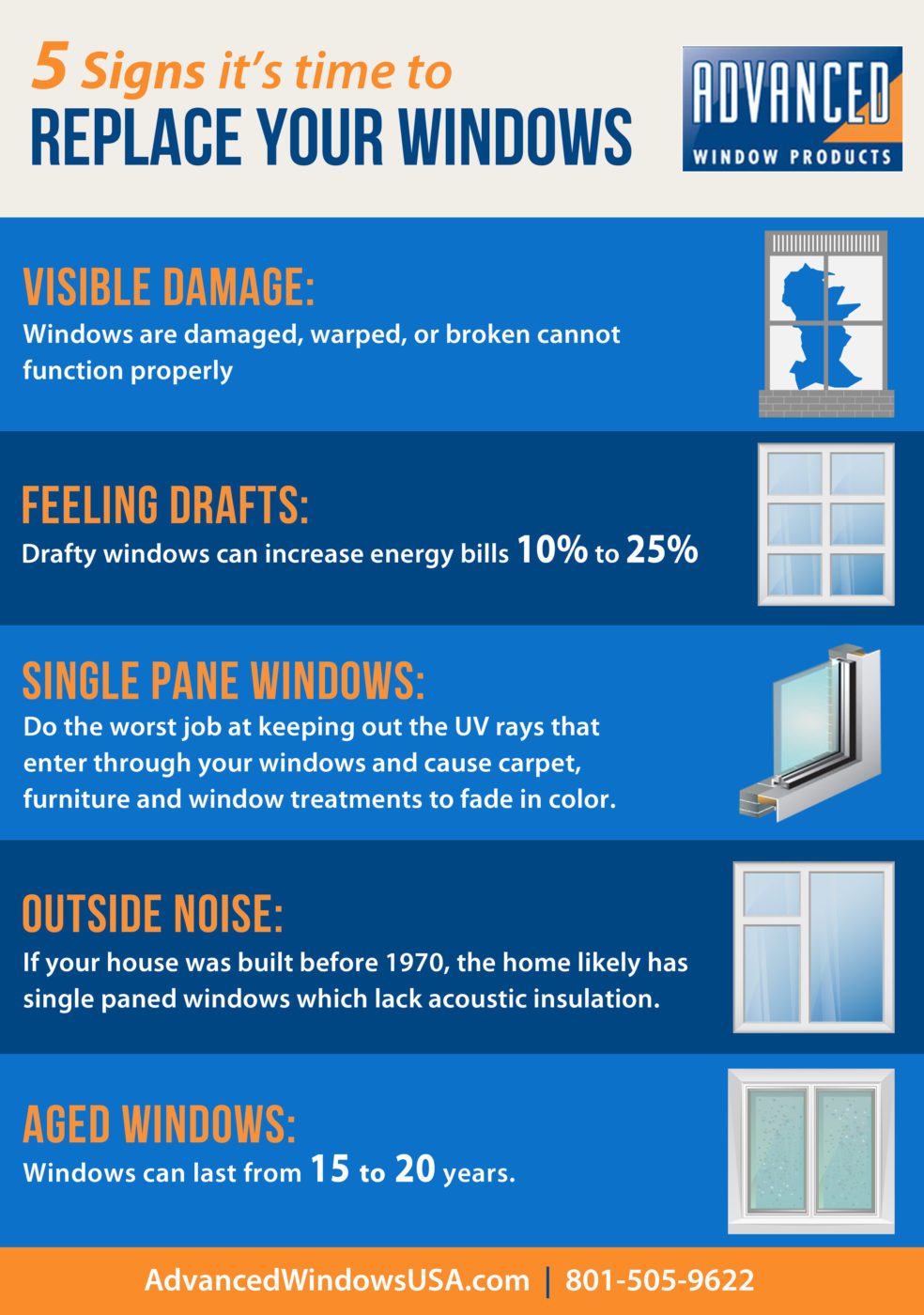Superior Stress Cleaning Methods For All Surface Keys In
Superior Stress Cleaning Methods For All Surface Keys In
Blog Article
Content By-Wu Mosley
When it concerns pressure washing, the strategy you select can make all the distinction in attaining a tidy, streak-free coating. You might locate that tough surface areas, like concrete, call for a different strategy than softer products, such as timber or plastic. It's important to adjust your methods to the surface kind to prevent damages while maximizing cleansing performance. So, what are the best techniques for every surface area, and just how can you ensure you're utilizing the ideal settings and tools for the job? Allow's discover what you need to understand to get the very best outcomes.
Hard Surfaces
When it involves push washing tough surfaces, prep work is essential. Before you also consider taking out the stress washer, take the time to remove the area of any debris, furniture, or barriers. You don't desire anything getting in your means or potentially harmful your devices.
Next, inspect the surface for any type of splits or damages; this will aid you establish the right strategy and pressure setups.
When you've prepared the area, it's necessary to pick the ideal nozzle. For hard surface areas like concrete or block, a slim nozzle (15 or 25 degrees) works best to offer a focused stream of water that can efficiently eliminate gunk and discolorations. Constantly begin at a distance and gradually move better to avoid any kind of surface area damage.
As you begin washing, maintain the stick moving to prevent touches and over-saturation. It's likewise valuable to function from the top down, enabling dirt and particles to get rid of naturally.
Ultimately, keep in mind to rinse the surface extensively after cleansing to eliminate any leftover detergent. With these techniques, you'll accomplish a clean and refreshed appearance on all your hard surface areas.
Soft Surfaces
Pressure cleaning soft surfaces requires a gentler technique to shield them from damage. Whether you're cleaning your deck, outdoor patio furnishings, or exterior siding, utilizing way too much pressure can lead to dents, scratches, or perhaps permanent damage.
Begin by choosing a low-pressure nozzle, preferably a 25-degree or bigger spray pattern, to distribute the water much more gently.
Before you start, it's crucial to pre-treat any kind of stains with a suitable cleansing remedy. This action allows the cleaner to penetrate the dust and gunk, making it easier to get rid of without rubbing as well hard.
Always apply the option from all-time low as much as protect against spotting.
When you start pressure cleaning, maintain a range of a minimum of 12 to 18 inches from the surface. Move your wand in a sweeping motion, keeping it parallel to the surface to stay clear of focused pressure on one place.
Wash the location thoroughly after cleaning up to get rid of any type of residual cleanser.
Last but not least, inspect the surface area for any missed spots and duplicate the process if required. By following Related Site , you can properly tidy soft surfaces while maintaining their stability and appearance.
Specialized Surfaces
Cleaning up soft surface areas calls for care, yet specialized surface areas require even more attention to detail. When you deal with these surface areas, like fragile timber, stained concrete, or particular types of house siding, making use of the ideal pressure washing strategies is important to stay clear of damages.
First, assess the material. For instance, treated timber can commonly hold up against moderate stress, however softer timbers like cedar might need a reduced setting. Constantly begin with the lowest stress and slowly raise if necessary.
For stained concrete, use a follower spray nozzle and maintain a constant distance to avoid etching the surface area.
When managing surfaces like plastic siding or repainted surface areas, a vast spray pattern assists distribute the stress evenly, protecting the coating.
It's likewise smart to make use of detergents specifically designed for specialized surface areas. They can enhance cleansing without endangering the product.
Rinse extensively after cleaning to get rid of any type of residue, as it can result in discoloration or wear and tear with time.
Verdict
In conclusion, mastering stress cleaning methods for various surface areas can make all the difference in your cleansing results. For hard surface areas, stay with slim nozzles and a top-to-bottom approach, while soft surface areas require a gentler touch with wider nozzles. https://keeganxgpyf.blogoxo.com/32678381/the-full-guidebook-for-picking-the-very-best-window-cleaning-company-to-fulfill-your-specific-needs forget to pre-treat discolorations and wash completely to stay clear of deposit. By adjusting your methods to every material, you'll not just accomplish a cleaner surface but also safeguard the integrity of your surfaces. Happy cleaning!
